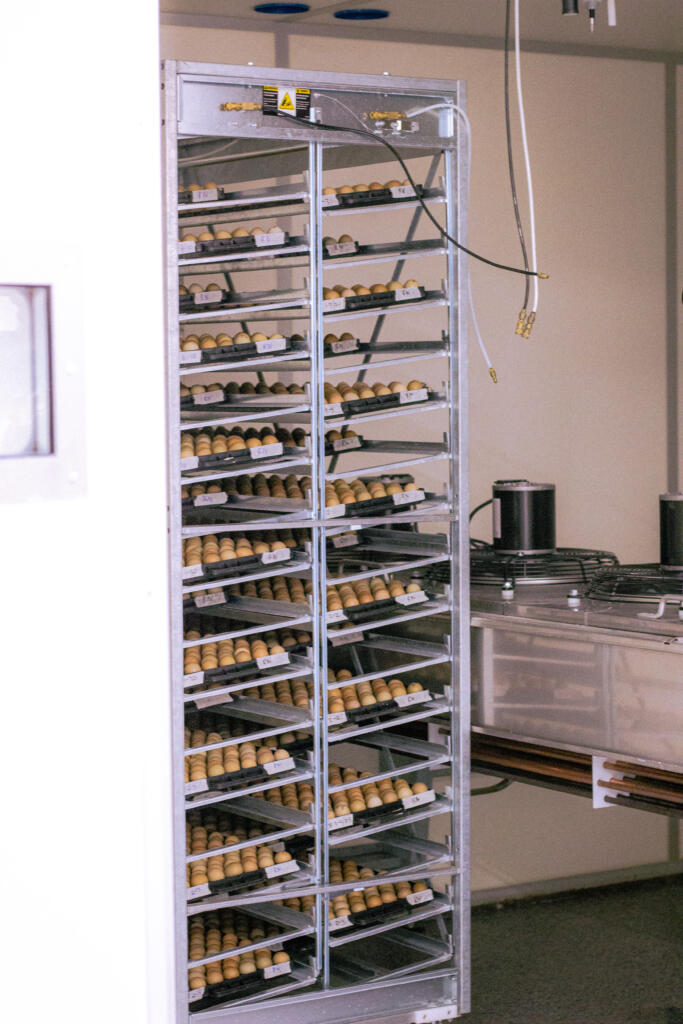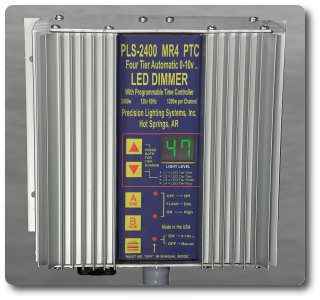10 Hatching Tips for Incubating Pheasant Eggs Successfully
Our hatchery at MacFarlane Pheasants is where we incubate eggs and hatch our pheasant chicks. The most important part of incubating eggs is to provide heat, humidity, and ventilation. If you can provide those basic needs and follow some basic steps, 25 days later you will have some beautiful peeping chicks.
- Pheasant eggs are incubated at 99 degrees and 51% relative humidity for the first 20 days.
- We check the temperature using a mercury thermometer. (Even if the incubator has a digital reading it is important to verify the temperature.)
- The incubator must be up to temperature BEFORE we put eggs in it. We also make sure there is good airflow.
- Eggs are turned 3 times per day to make sure the chicks do not stick to the inside of the shell. It really is a labor of love.
- On day 10 we candle the eggs to determine if they are viable and growing. We use a piece of foam and a handheld mag light.
- At 21 days the temperature is reduced to 97.8 degrees. This is not absolutely necessary, but since chicks are expending lots of energy to get out of their shells it helps them not to get too dehydrated. The eggs are not turned at this stage.
- After another 4 or 5 days and the chicks are out of their shells, dry, and ready to go to the barn.
- A special fee is provided to begin the process of raising healthy, newborn chicks.
- Providing constant water sources is critical to raising healthy chicks.
- Keeping these tiny bodies warm helps them to keep stress free!

Following this process and being especially attentive to temperature, humidity and airflow lead to successful hatches year round! If you wanted to try hatching chicks, an egg incubator can be purchased at a farm store for $100-$500. The miracle of life is exciting whether it is on a large or small scale!
Your comments and questions on our Facebook page are always appreciated. Our mission is to provide information that is interesting and beneficial to pheasant lovers everywhere!
Related Posts
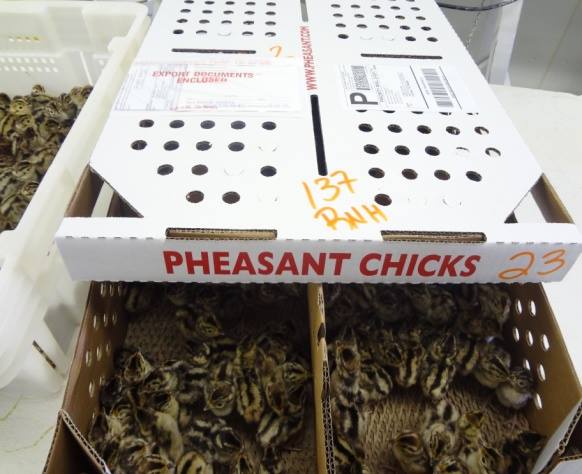
Shipping Chicks Safely During Cold Weather Months
Read Post

Preparing Our Barns & Pens Each Spring
Read Post
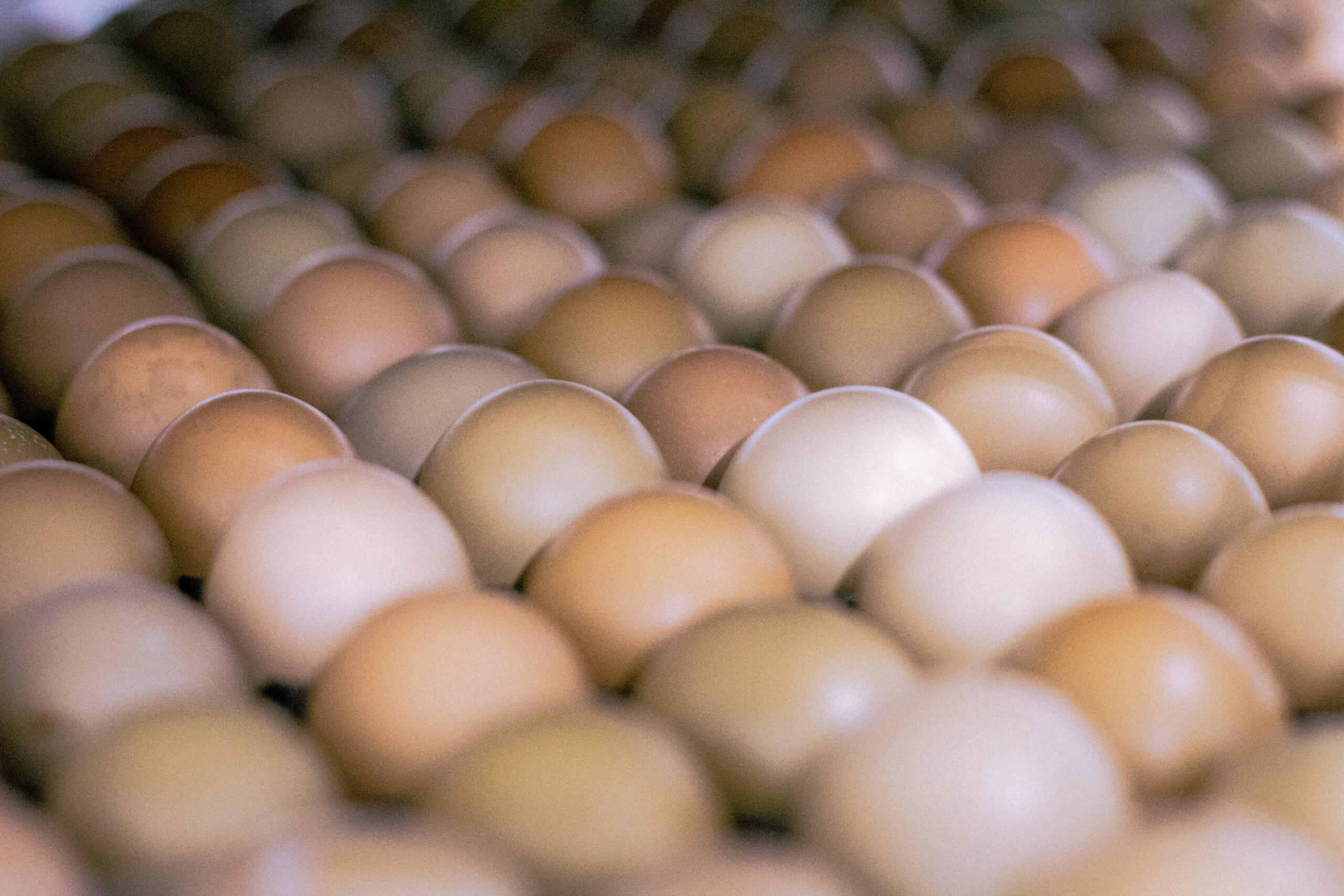
Incubation of Pheasant Eggs
Read Post
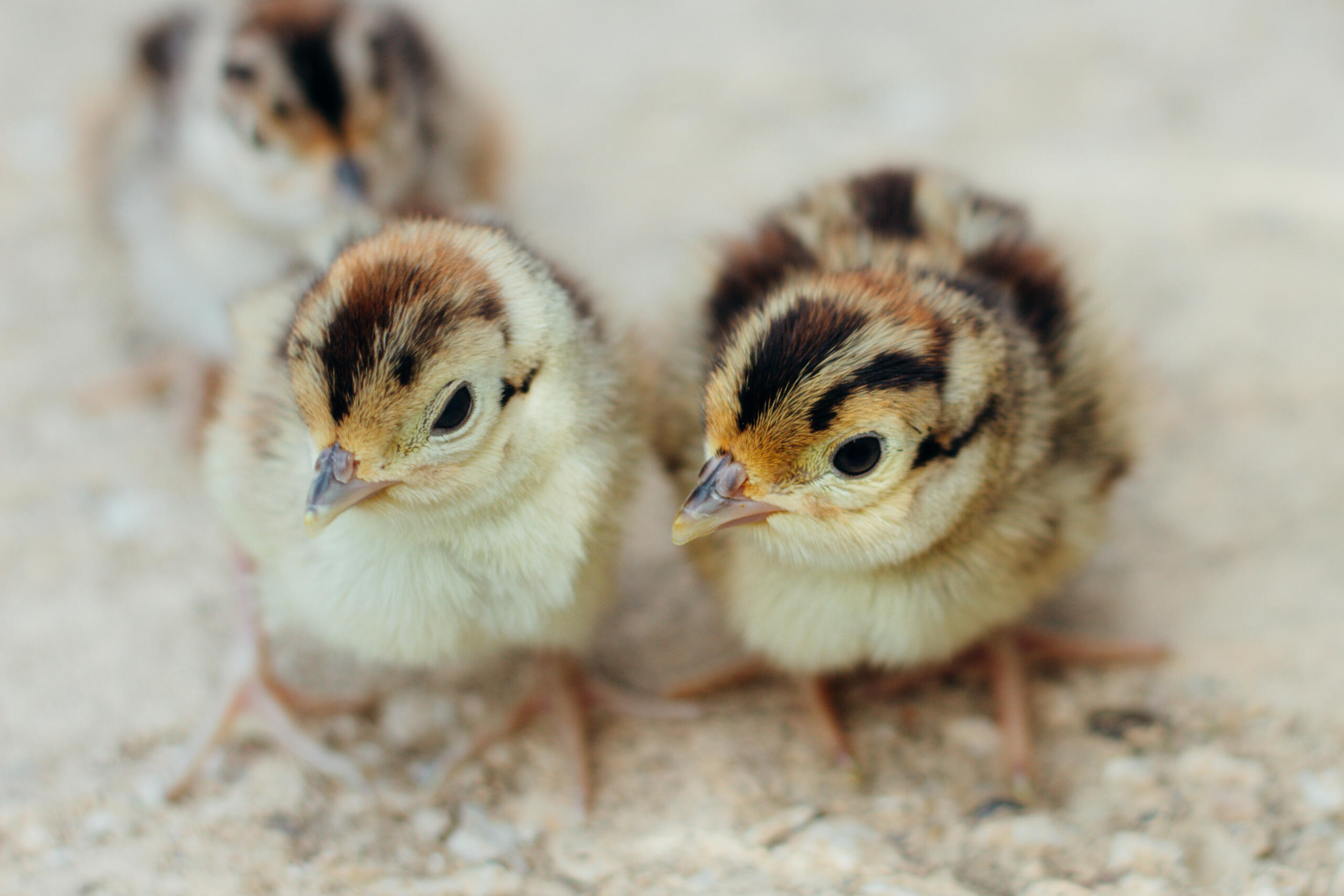
A Comparison of Hatch Data Between Two Different Genetic Types of Pheasants
Read Post
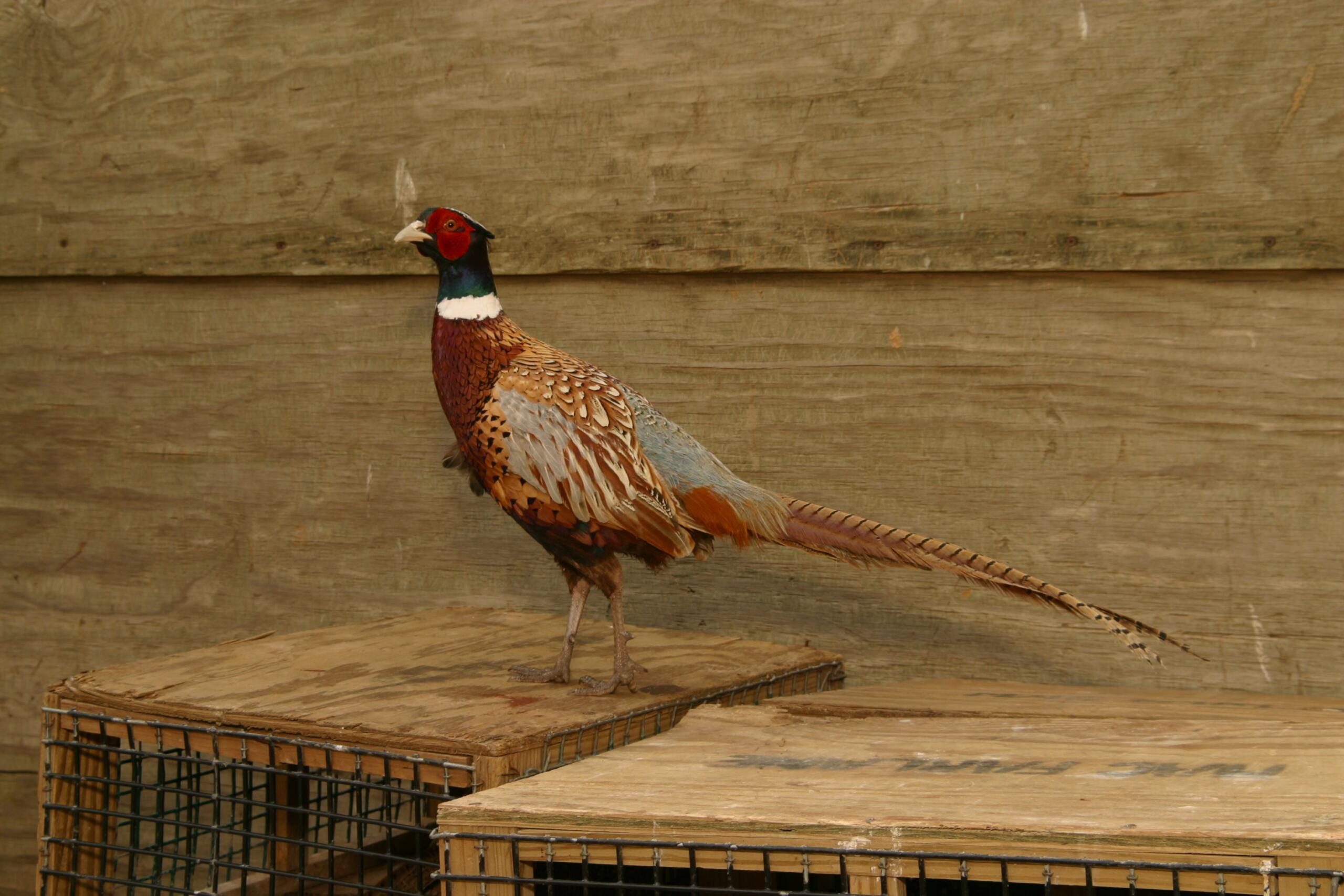
DuPont Financial Analysis Model
Read Post
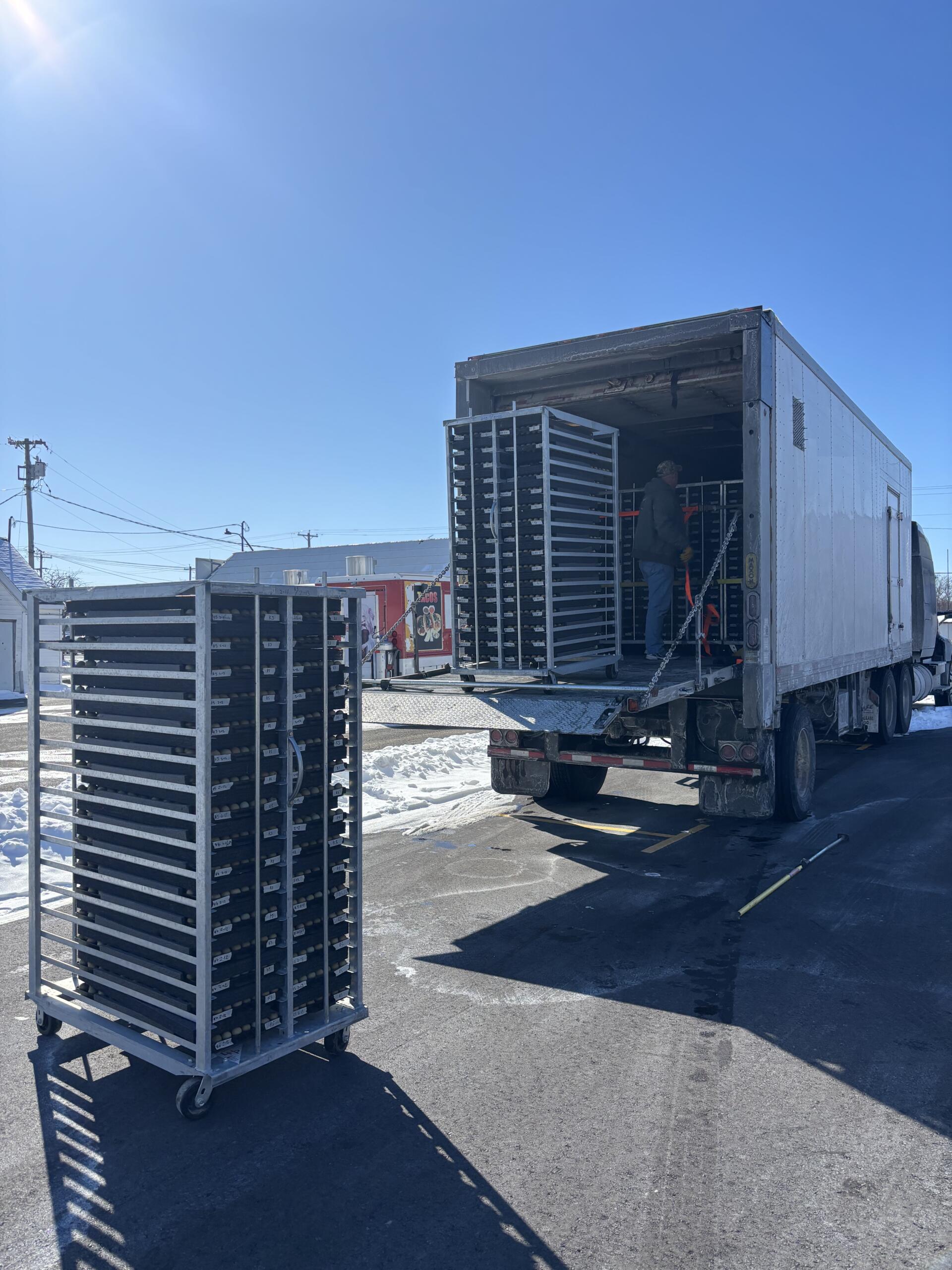
Busy Times at MacFarlane Pheasants’ Missouri Breeder Farms 2024!
Read Post
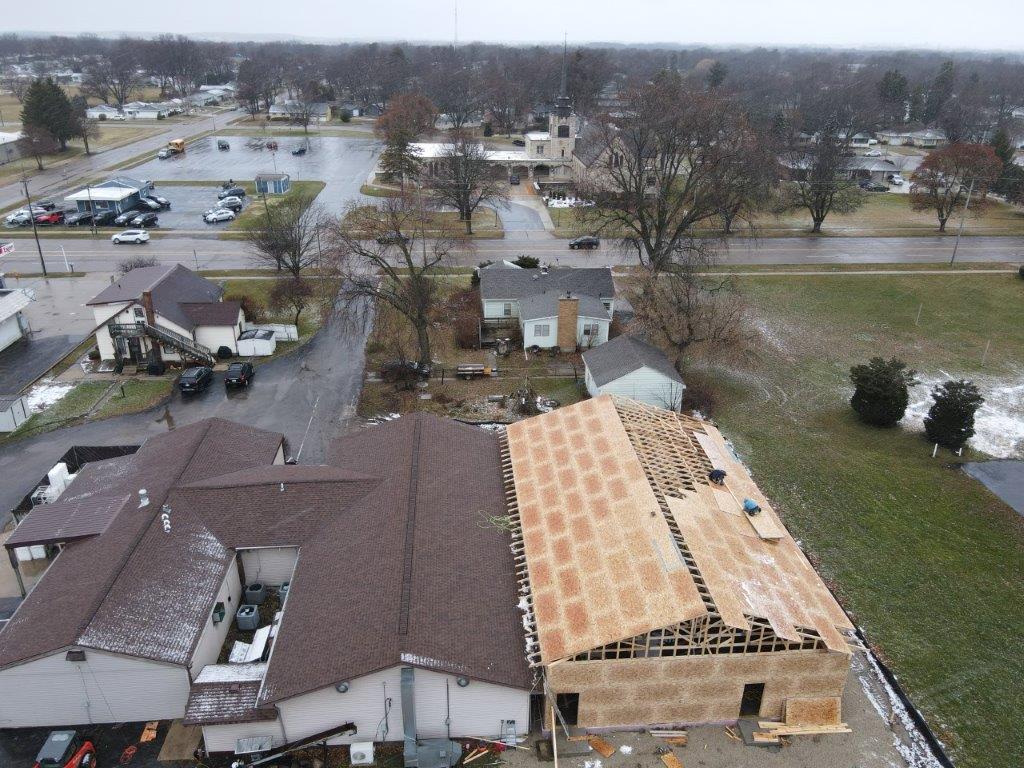
Hatchery News at MacFarlane Pheasants
Read Post

6 Feed and Water Procedures to Keep MacFarlane Pheasants Healthy
Read Post
Take Advantage of These Free Resources
As the biggest game bird farm in the United States, we want to share our experience with you. Download our free resources below and get started.

